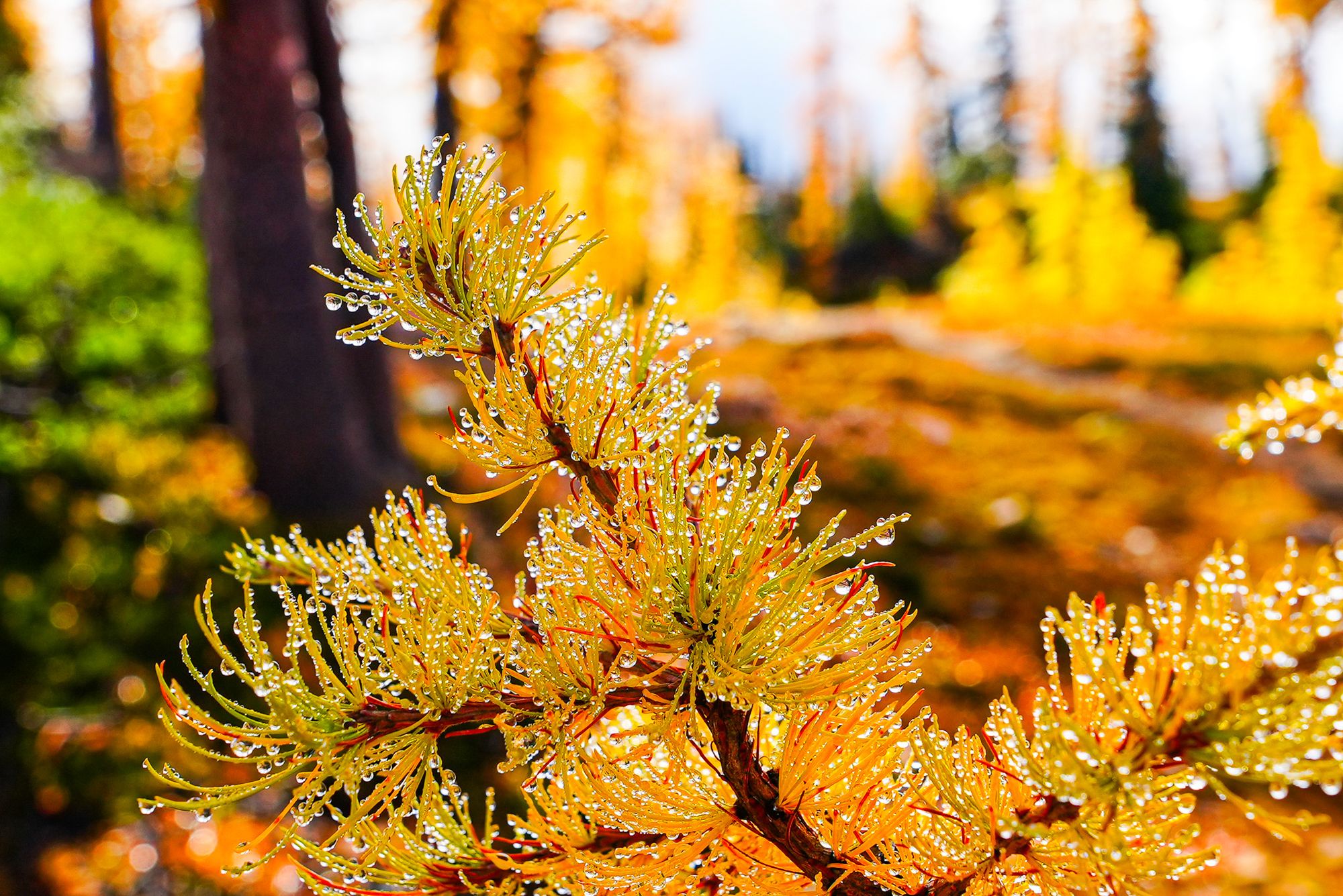October 1-7, 2023
Autumn Splendor!
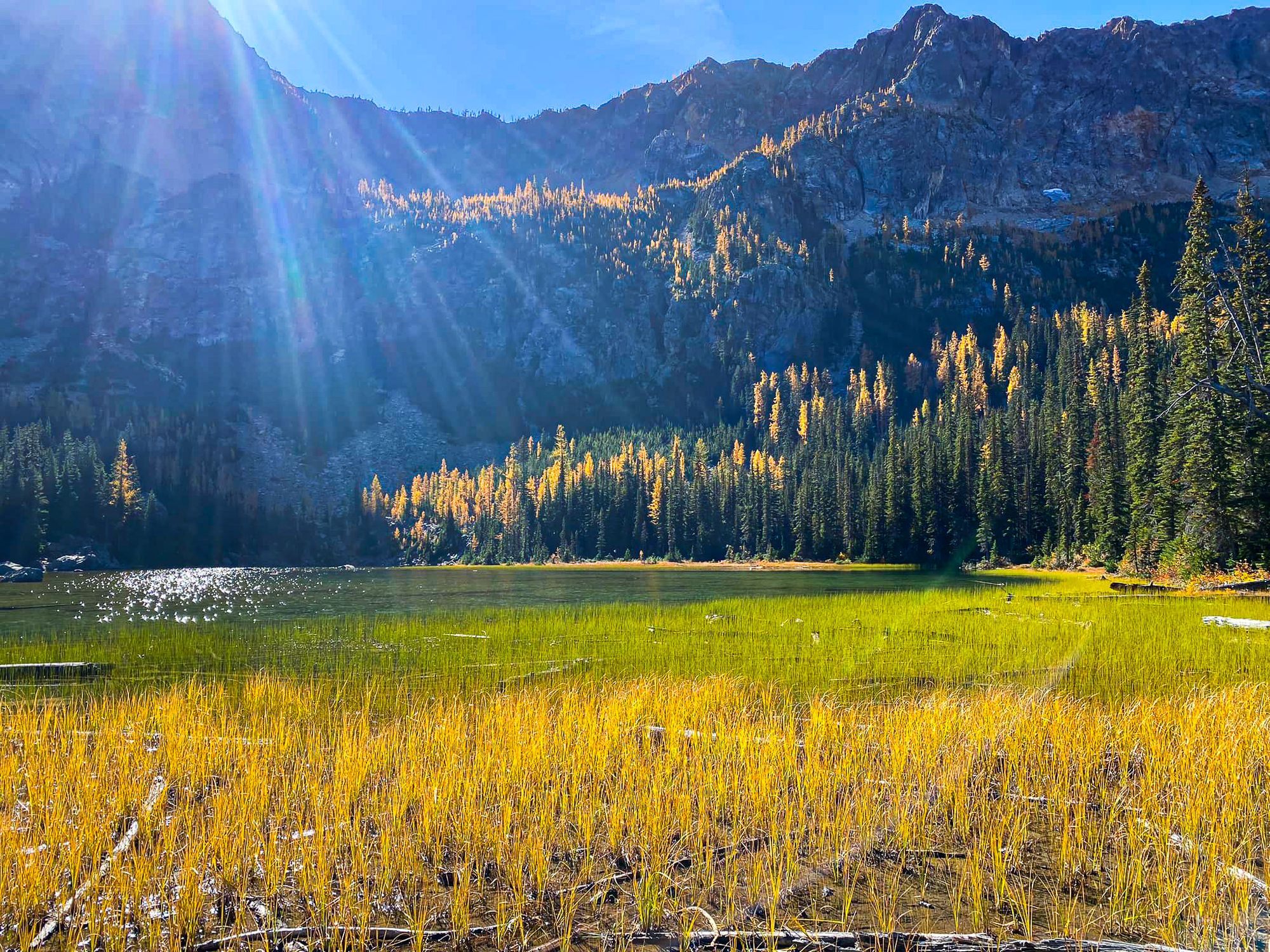
Warm, sunny days, and brilliant colors everywhere you turn—what more could you ask for in the Methow Valley?!
Week in Review
The fall colors have been so glorious this week that it's easy to overlook just how quiet things have been in nature. The flurry of migrating swallows and warblers from last week has subsided, and insect activity seems noticeably subdued this week as well.
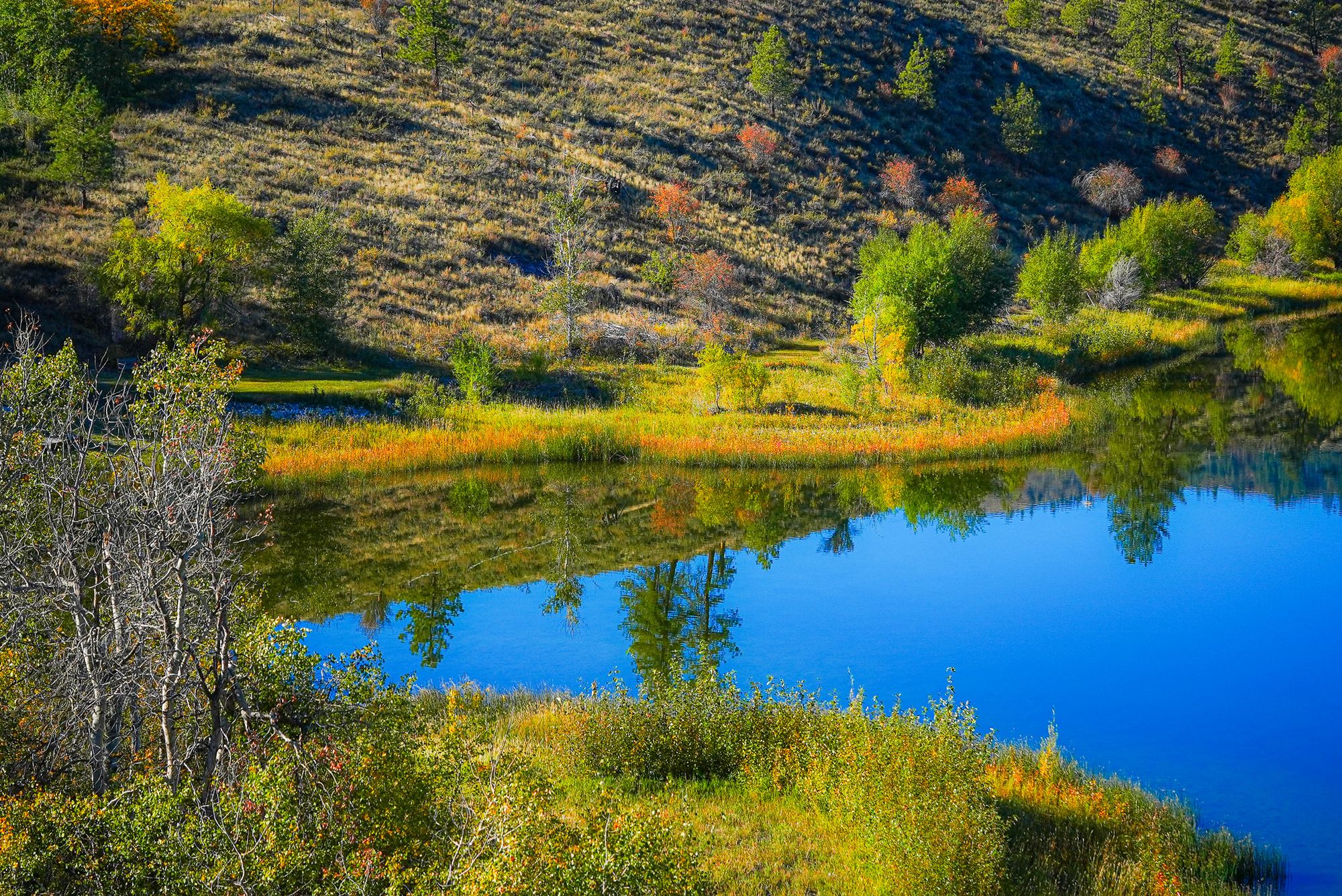
The most conspicuous insects this week have been woolly aphids, which make an appearance every year after insect-eating birds migrate south. Soft and vulnerable, these winged aphids fly around in search of mates, and on still, sunny days you might see lots of them backlit in the sun. You can't help but notice the white fluff on their bodies; these are strands of wax that they produce to deter predators (which works because wax is almost impossible to digest).
If you want to learn more about aphids, check out last month's Observation of the Week.
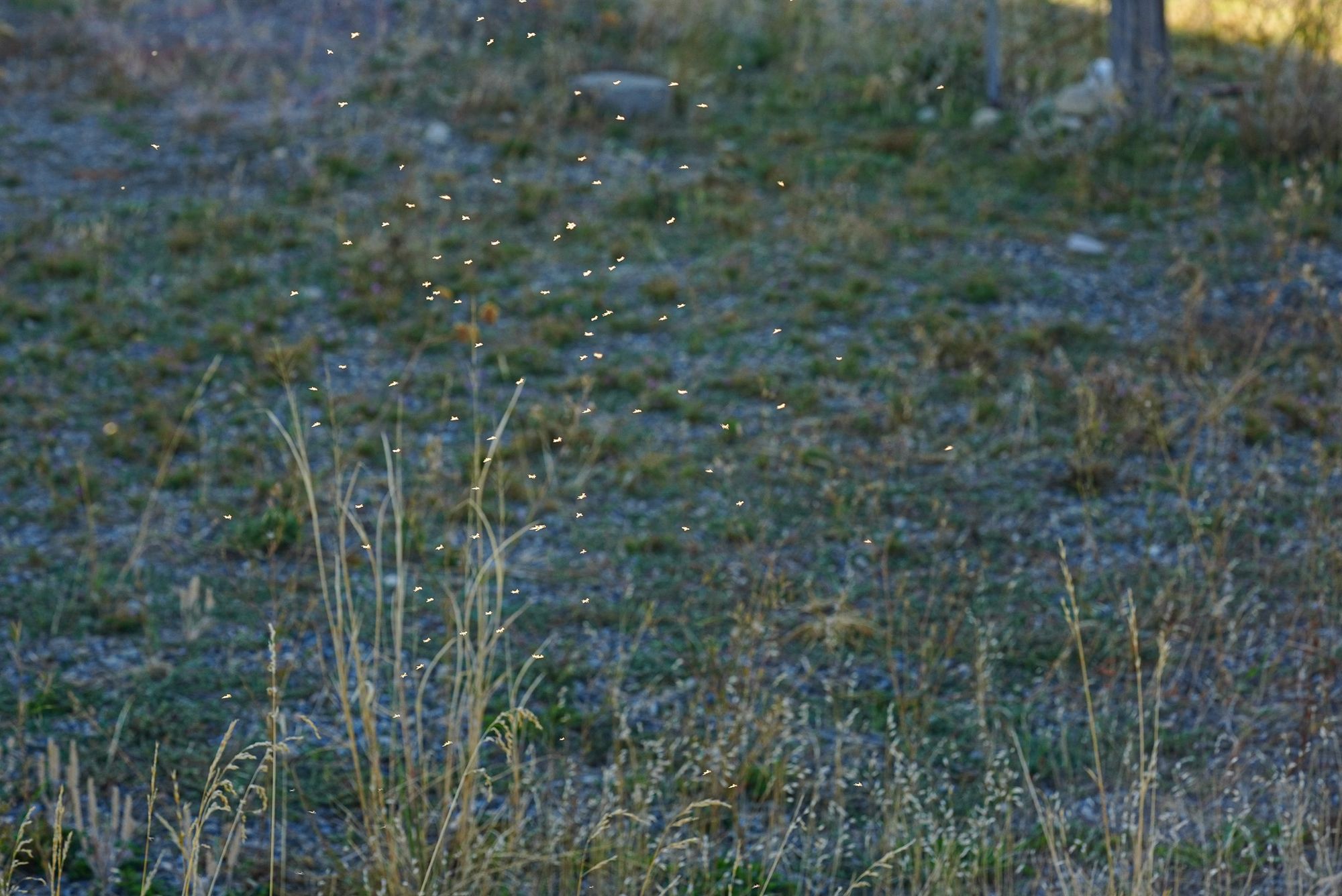
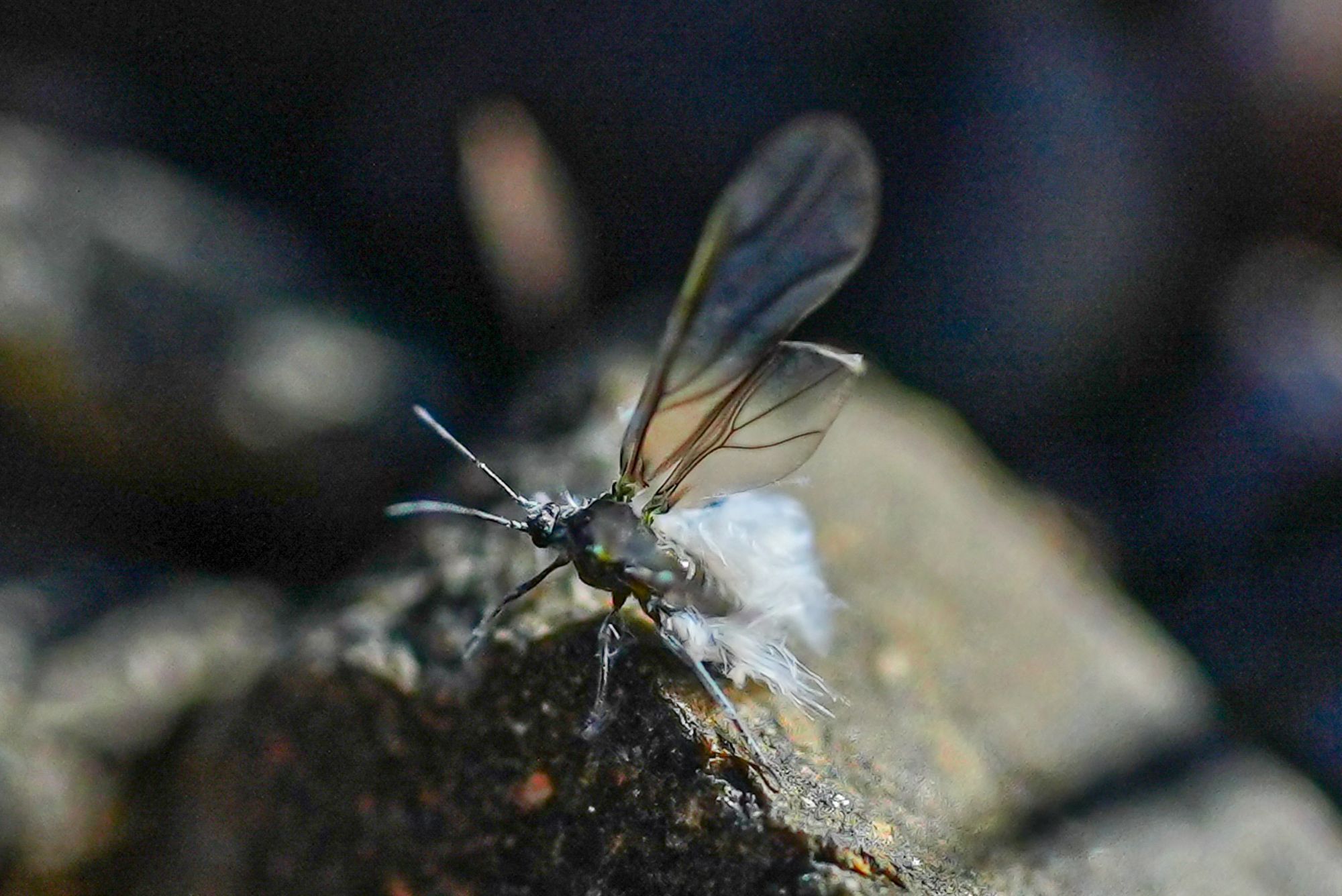
I haven't noticed, or heard about, any migrating birds this week, and in general birds have been a quiet background presence all week. The only changes I've picked up on are a slight uptick in the numbers of ruby-crowned kinglets that have been moving downslope from their breeding areas in mountain forests. And one day this week, 80 Canadian geese showed up at Big Twin Lake.
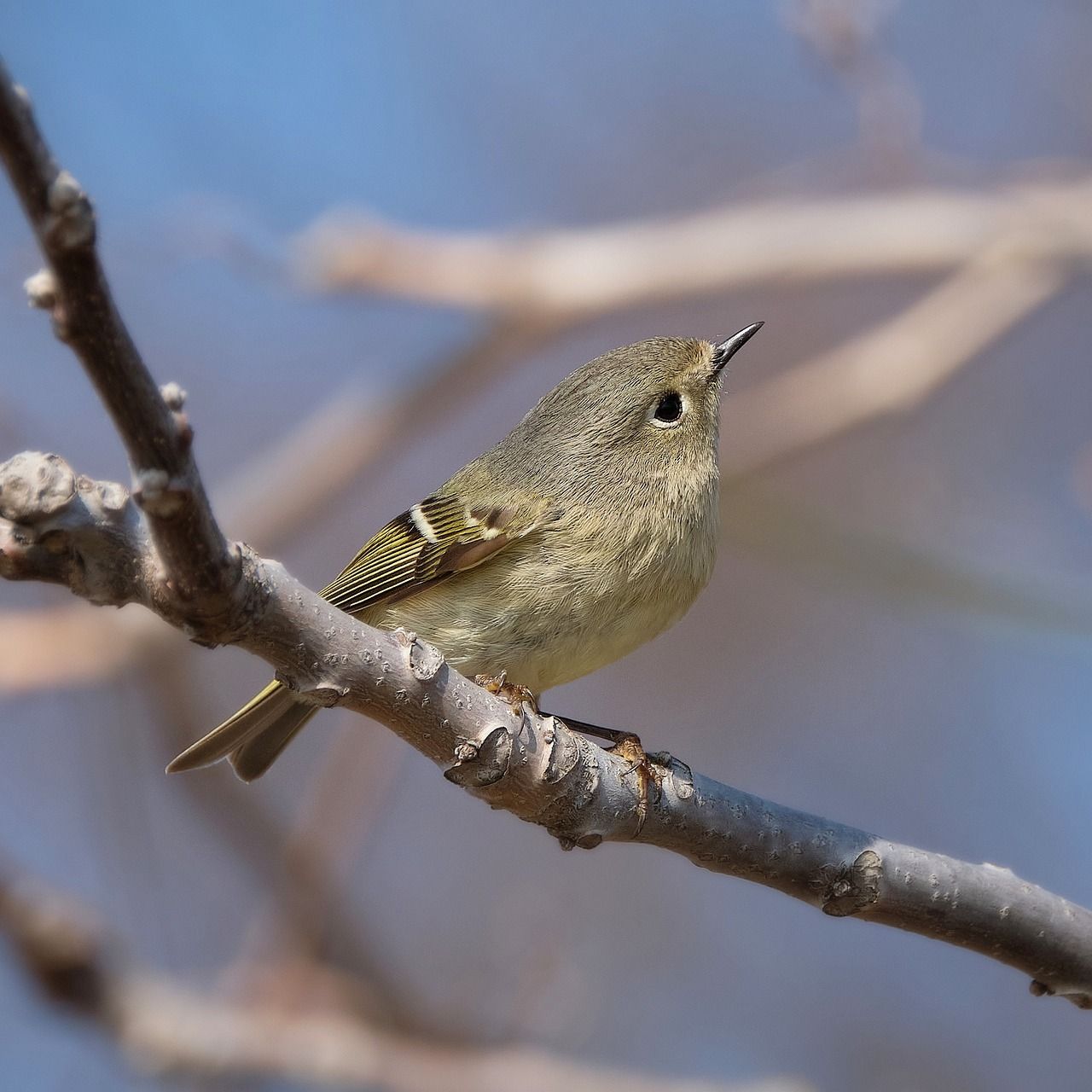
Several people have reported seeing wandering garter snakes during these last warm days of autumn. With the long winter ahead, I'm guessing these snakes are taking advantage of the warmth to find food before entering hibernation. We have two species of garter snakes in the valley, and both are among our most cold-tolerant snakes, which allows them to show up earlier in the spring and stay out later in the fall.
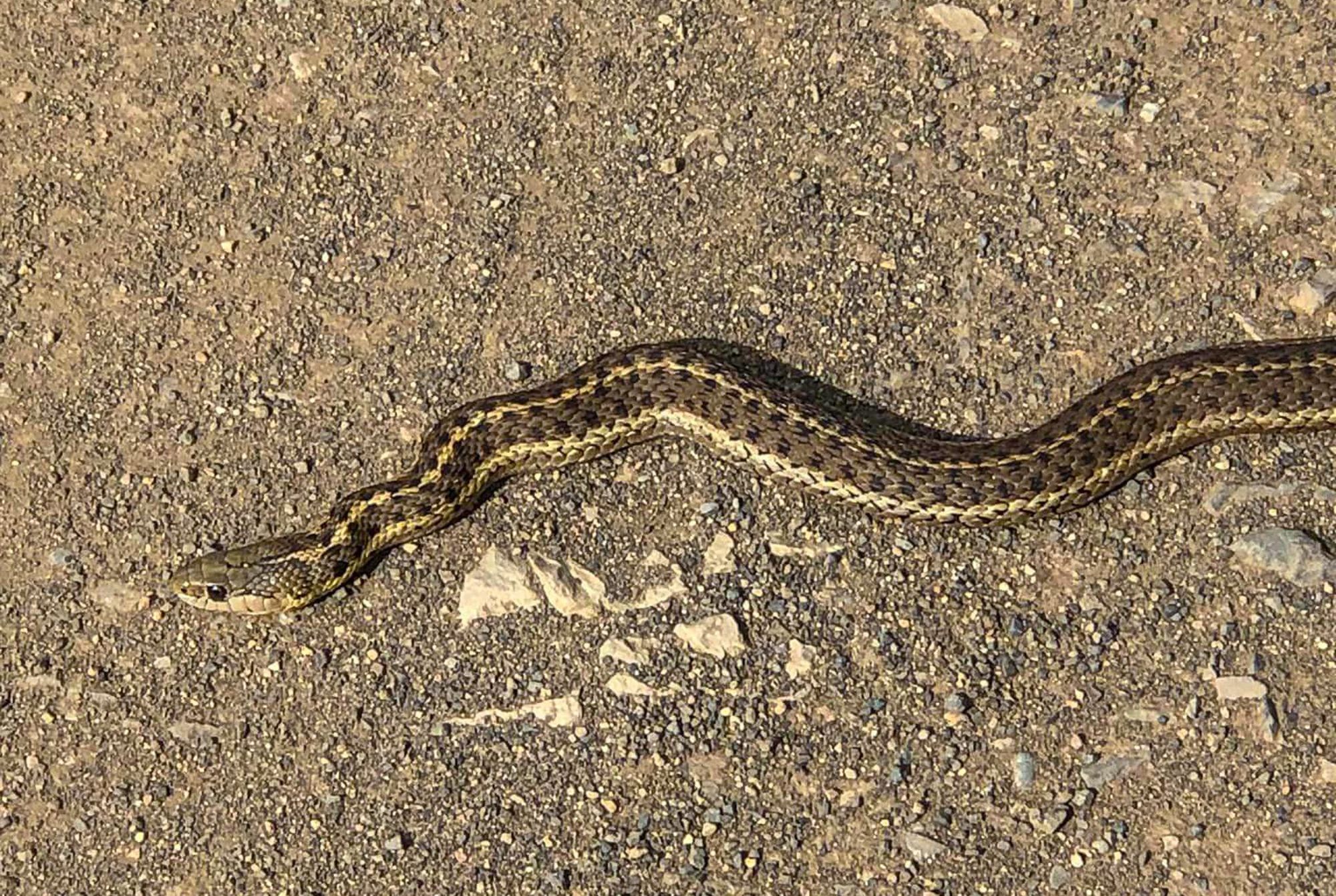
Other late season observations include moths, with some species being active in the daytime and other species active at night. Moths tend to stay warm because they have furry, heavily-scaled bodies that enable them to remain active even after their primary predators (birds and bats) have migrated south, so this is a time of year when they are flying around.
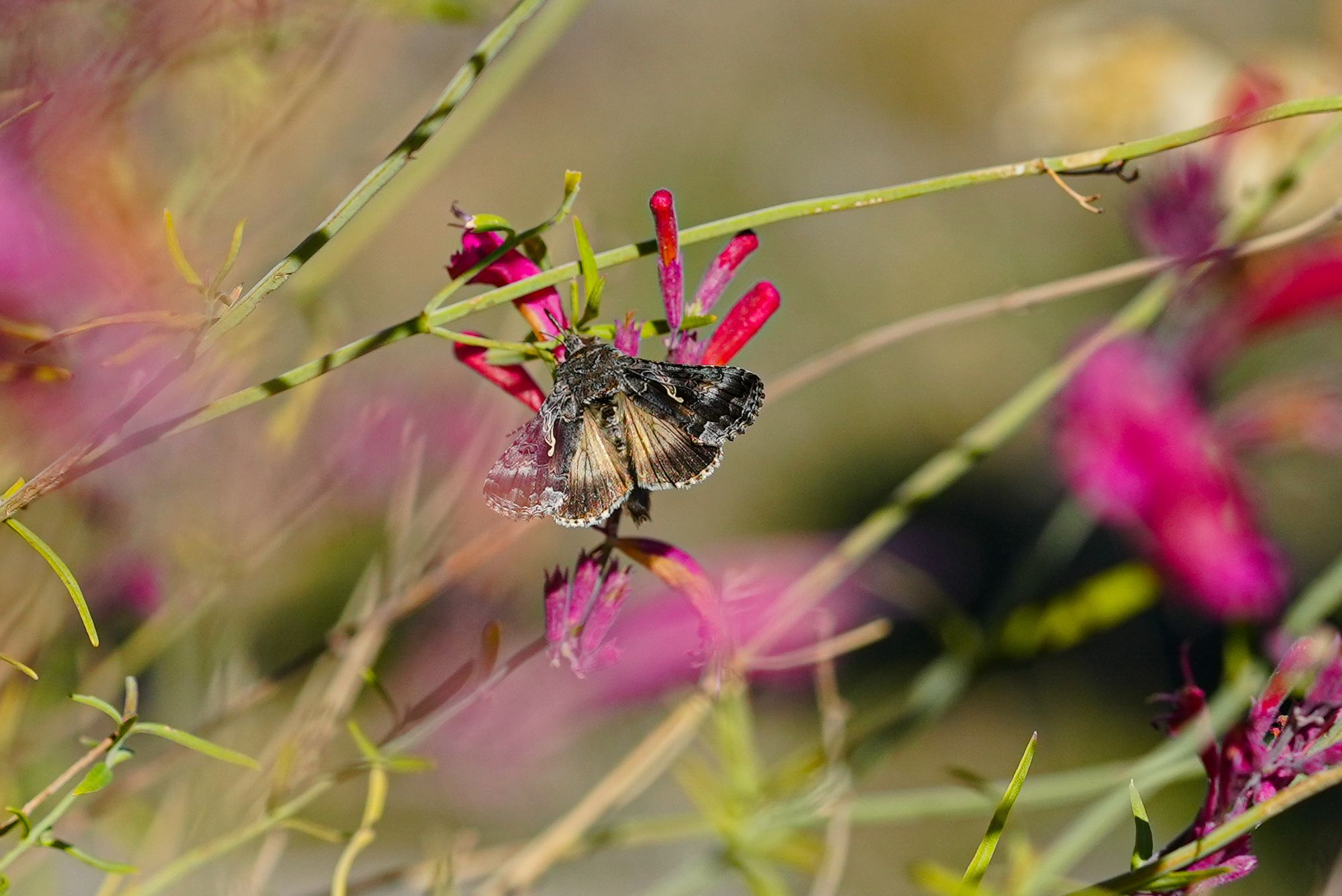
With some recent rains we received, this has also been a great time to find mushrooms, especially in shaded forests and at higher elevations. In fact, among the trees at Washington Pass we discovered numerous mushrooms on the still-wet forest floor, but there are even mushrooms making an appearance in meadows and on dry hillsides.
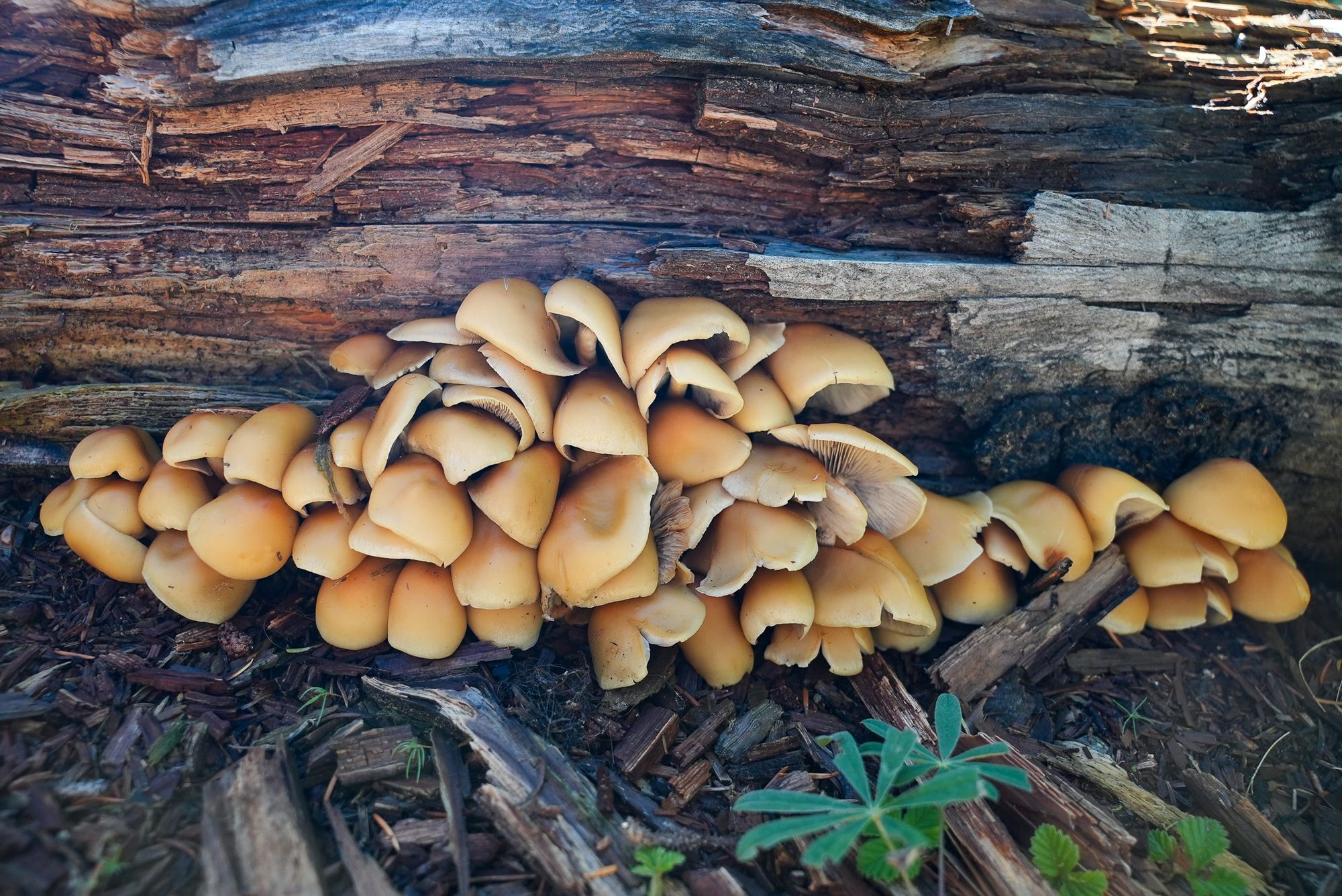
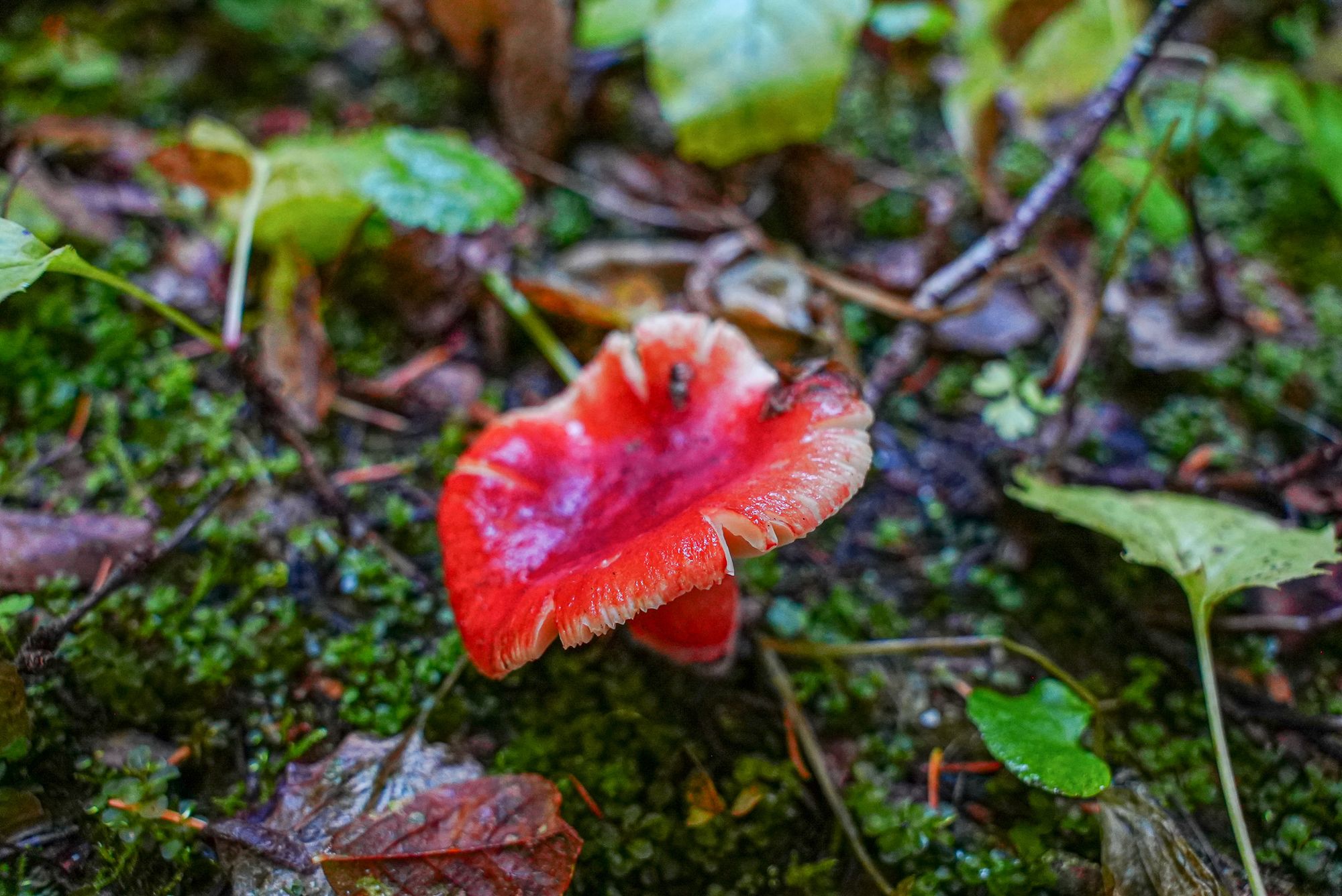
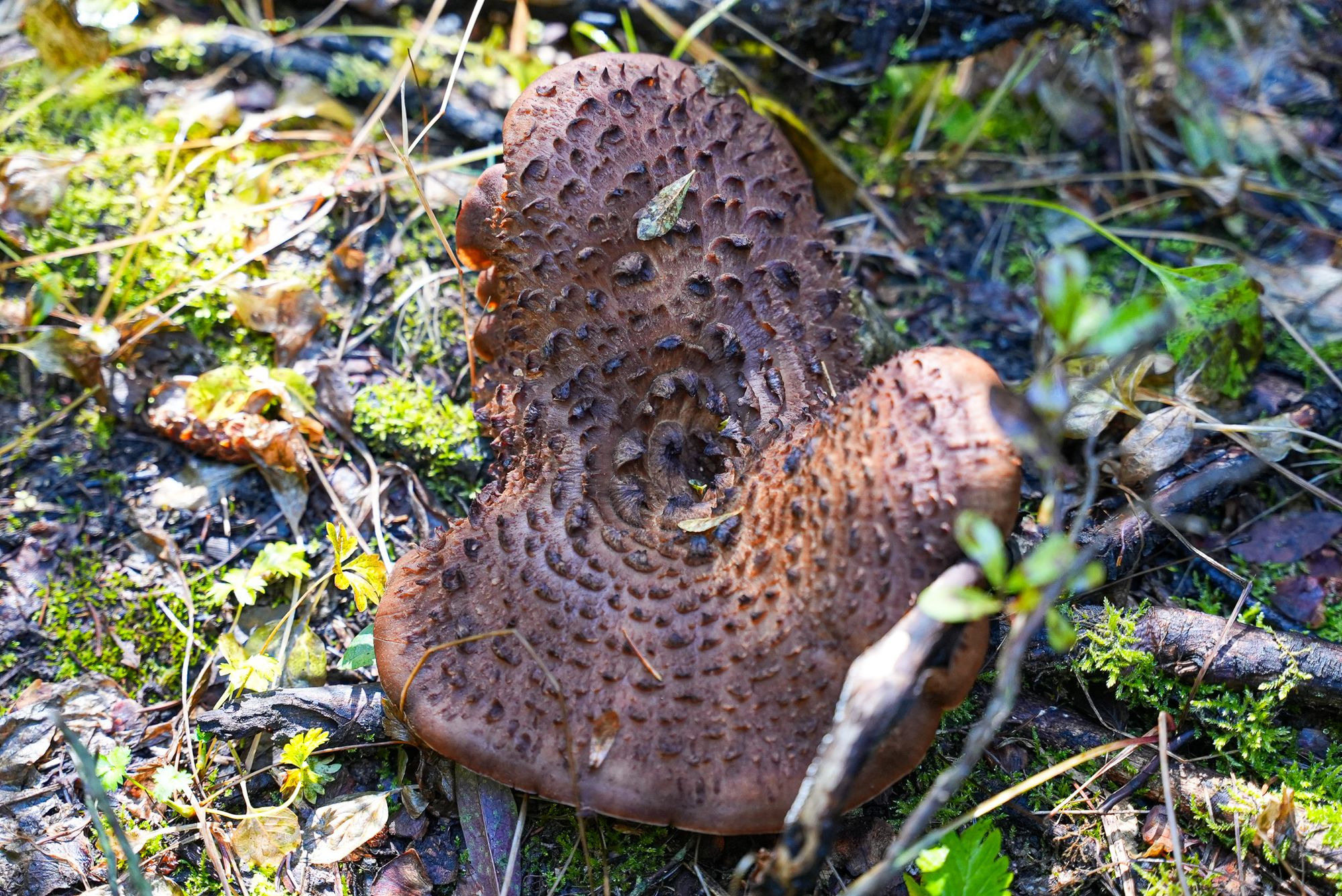
Observation of the Week: Fall Colors
Without a doubt, the star of the show this week has been the fall colors popping up all over the place. From the valley floor to the highest peaks, this has been a fantastic week!
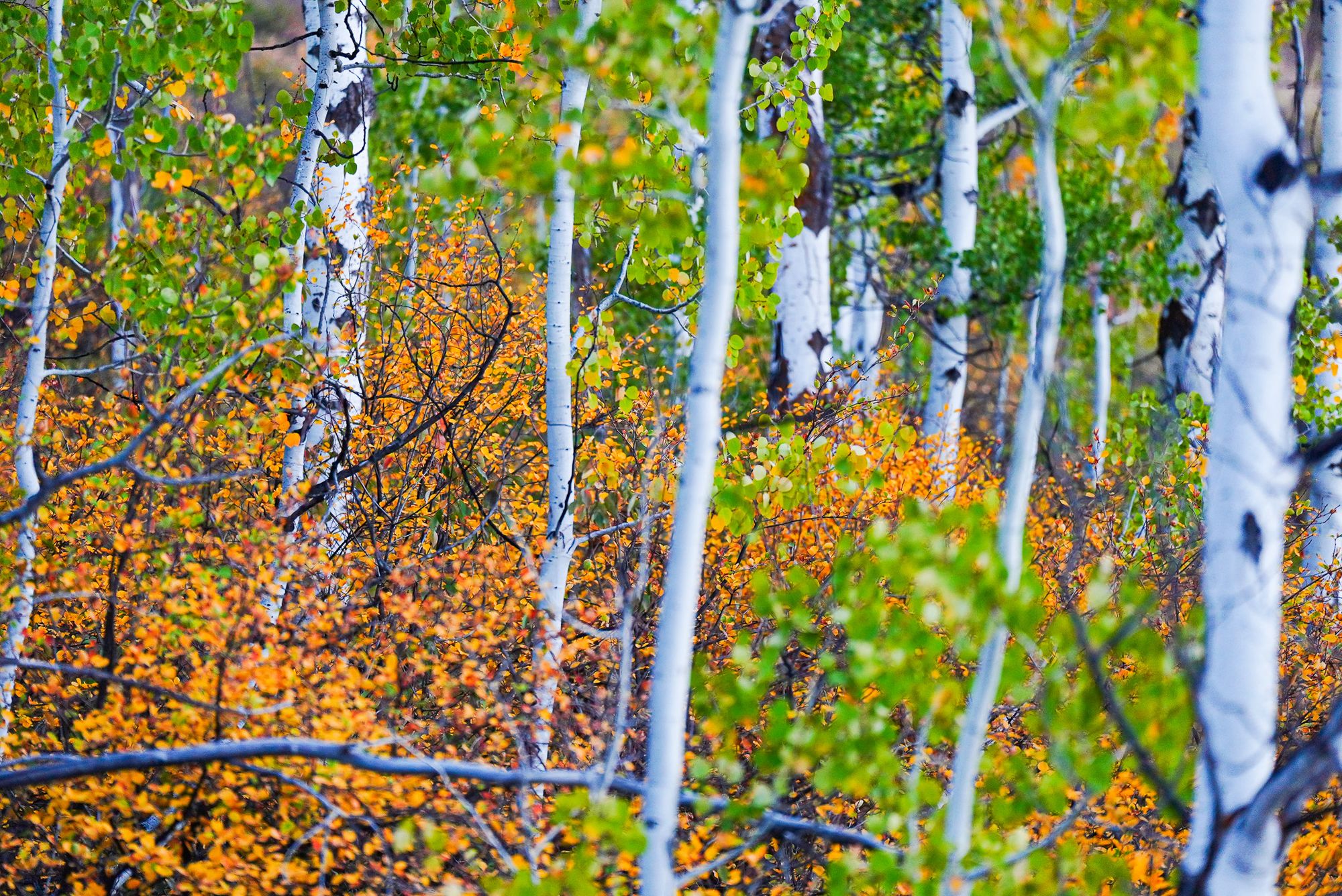
What's even more fascinating are the range of plants that turn colors. We have cottonwoods along the river, aspens around wet seeps, serviceberries on dry hillsides, huckleberries on high mountain slopes, larches on subalpine outcrops, and so much more.
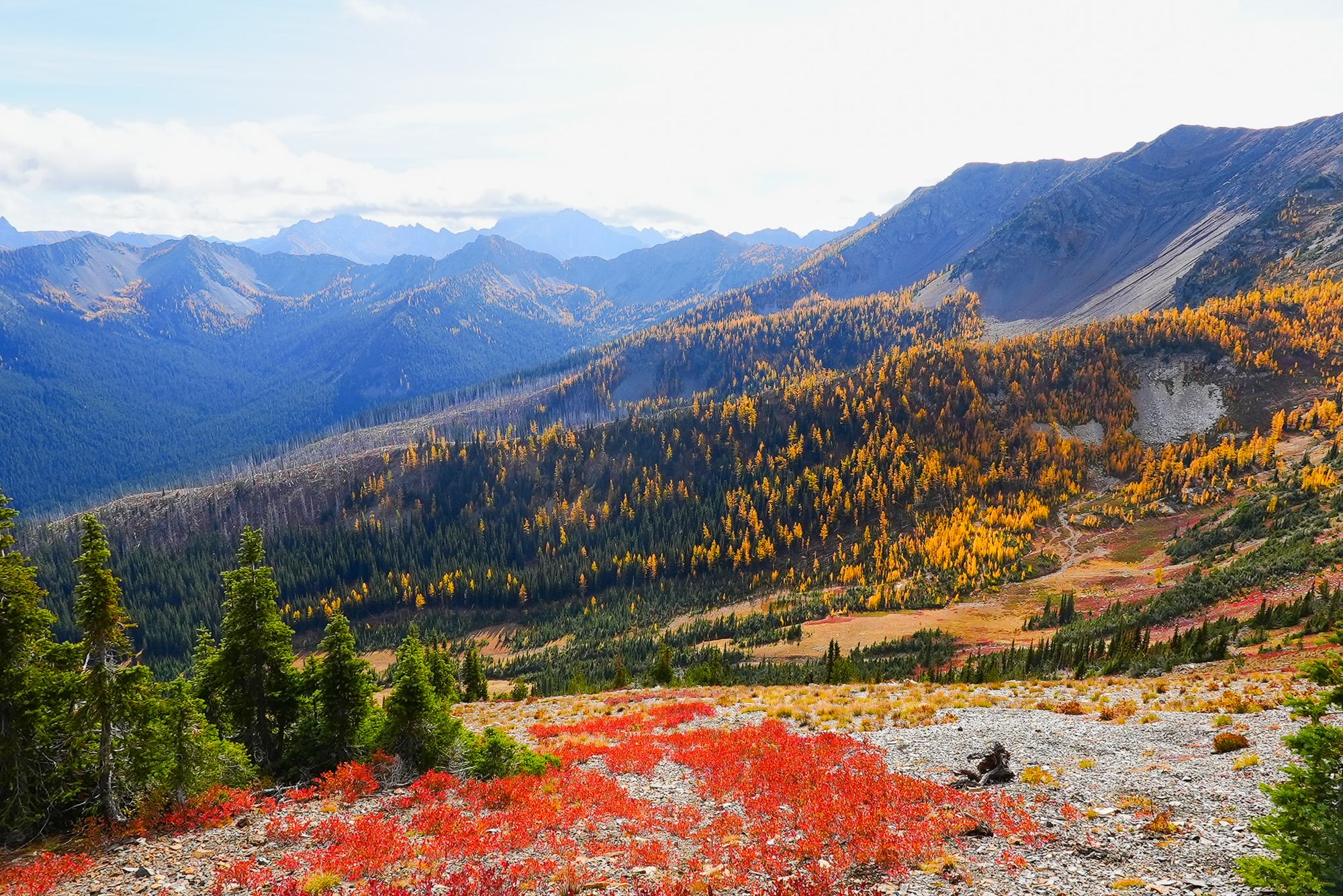
I did a deep dive into this topic in my Lukas Guides newsletter this week, and I learned some surprising things when I researched the questions of how and why plants turn red in the fall.
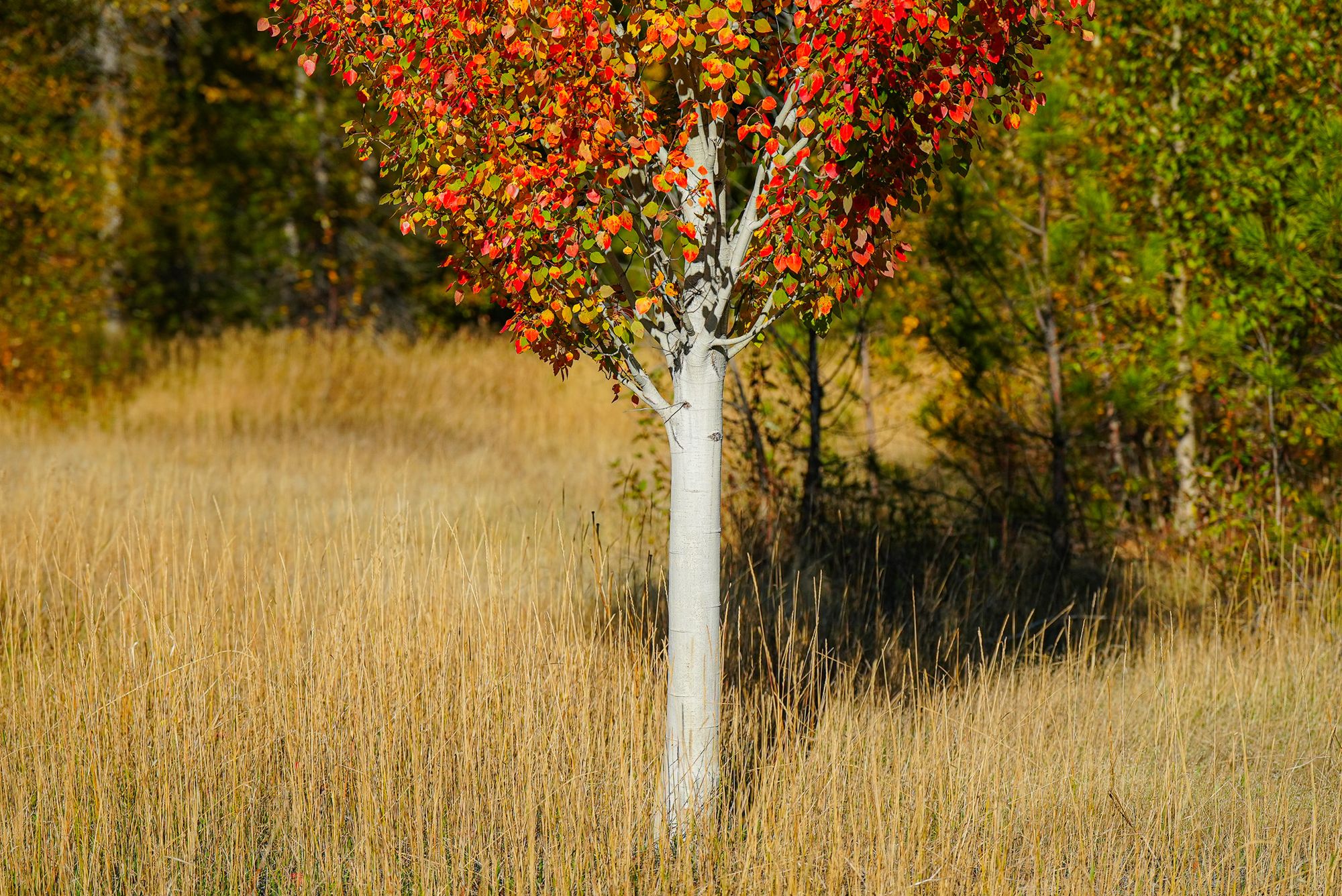
In the simplest terms, plants turn color due to an excess of sugars in their leaves. Normally, plants produce sugars while photosynthesizing in the daytime, then at night they move sugars from their leaves into the rest of the plant as fuel for growth and basic metabolism.
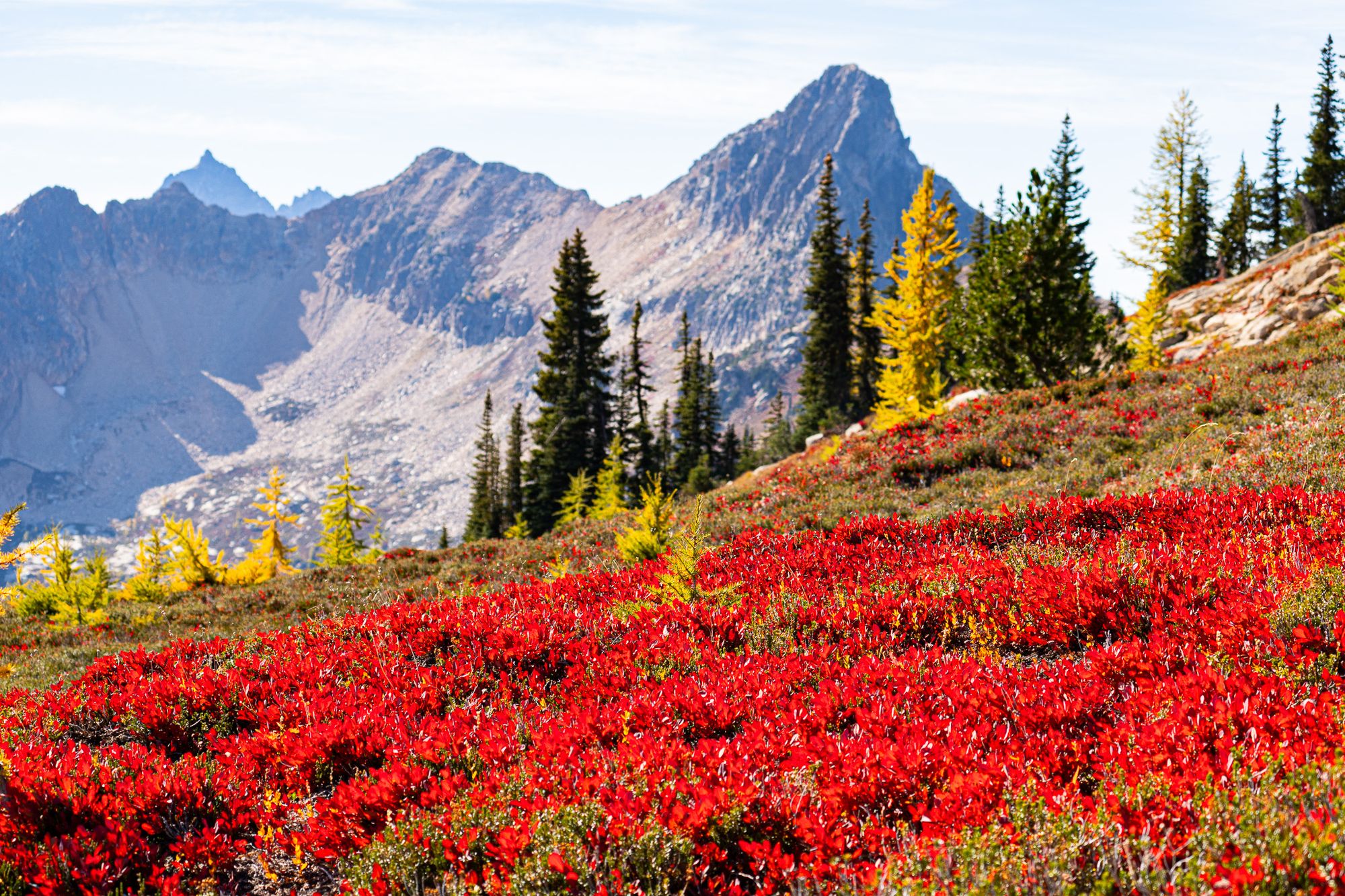
What happens in the fall is that the days are still sunny, so lots of sugars are being produced, but then the nights get too cold for plants to move sugars out of their leaves, so sugars build up in their leaves. These extra sugars then attach to flavonoid compounds that plants use as a kind of sunscreen and turn flavonoids into anthocyanins which result in bright colors.
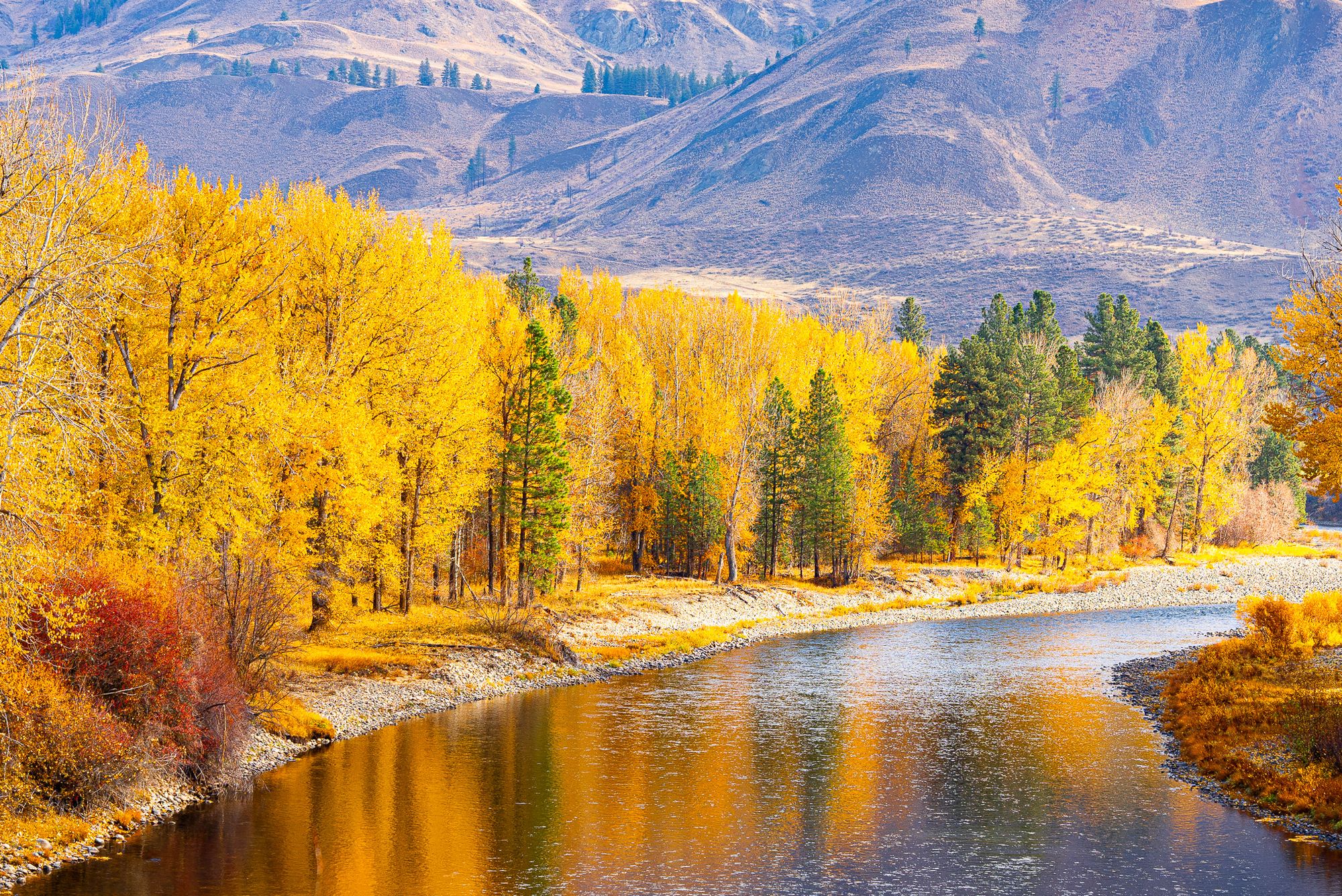
The twist to this story is that this is an active process—both carefully choreographed and requiring a significant investment of energy—so the question remains why plants turn color if it takes this much effort?!
If you want to learn more and get an answer to this question, check out this week's Lukas Guides newsletter here.
